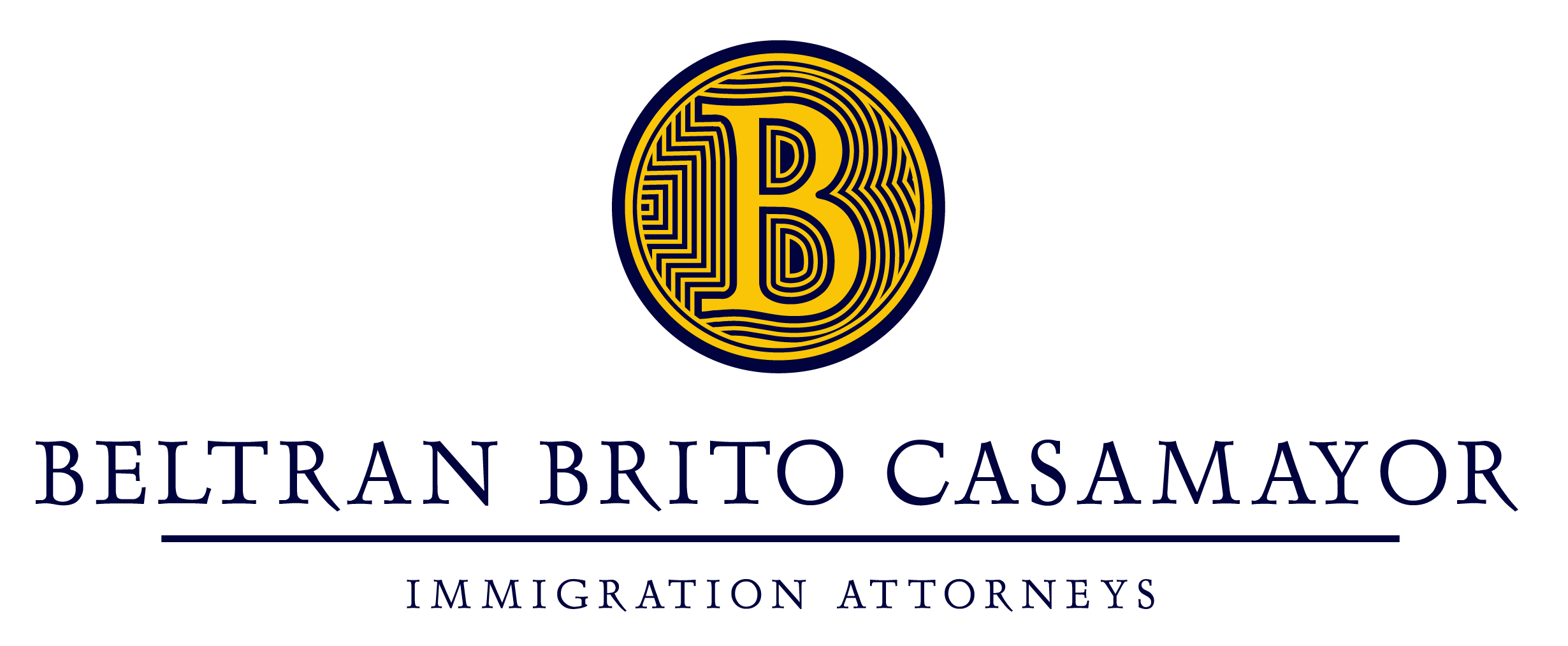 The nonimmigrant visas allow foreigners to visit, have insurance, study or work in the United States for a period of time. The only condition is that immigrants must apply for a visa. However, there are exceptions.
The nonimmigrant visas allow foreigners to visit, have insurance, study or work in the United States for a period of time. The only condition is that immigrants must apply for a visa. However, there are exceptions.
To stay as a tourist for less than 90 days, citizens of any country under the Visa Waiver Program can enter without a visa. Today, among all Spanish-speaking countries, only Spain is included in that group of nations.
A particular case is that of Bermuda, whose citizens can stay without a visa up to 180 days.
Another case is that of Mexican citizens and legal permanent residents who live along the U.S. border. They can cross into the United States using the Border Crossing Card, also known as laser visa, issued by a consular office in Mexico.
Examples of Nonimmigrant Visas
Multiple types of visas are included in this category:
- B1 / B2 (tourist, business or pleasure visa).
- F1 / M1 (student or vocational visa).
- G4 (for employees of international organizations based in the United States like the IMF, the UN or the OAS).
- J-1 (for professionals in an exchange, academics, nannies, etc.)
- O (for people with special skills in the arts, sports, education, science or business).
Some of these nonimmigrant visas are considered “dual intent”. That is, they allow immigrants to enter the U.S. temporarily, but they are permitted to seek to become legal permanent residents. Such visas are the H-1B and the L, V, P or E.
